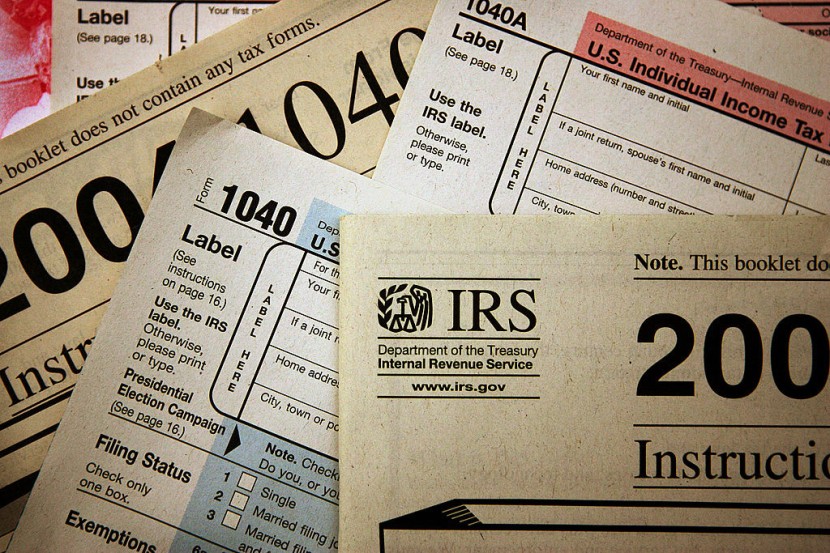
Although inflation may be raising costs, it could also increase your take-home pay as of the next year.
More of your 2023 salaries may be subject to lower tax rates than they were this year, and you may be able to deduct more income thanks to inflation adjustments to 2023 federal income tax brackets and other rules published by the Internal Revenue Service this week.
IRS Sets Higher Tax Brackets for 2023
The adjustments won't take effect on your 2022 tax return until 2023, which you must submit by mid-April of the following year. Here are a few significant adjustments the IRS is making.
Earned income is taxed by the federal government at seven distinct rates: 10%, 12%, 22%, 24%, 32%, 35%, and 37%. A tax bracket is the range of income that is subject to each of those rates. Your top rate, or the rate at which your last dollar is taxed, rises in direct proportion to your income.
Each bracket has increased by about 7% as a result of the IRS inflation adjustments. The following income thresholds will be in effect beginning in 2019 for each rate:
- For married couples filing jointly, the standard deduction will rise to $27,700, up from $25,900 in the current tax year. That's an increase of $1,800, or a 7% bump.
- For single taxpayers and married individuals filing separately, the standard deduction will rise to $13,850 in 2023 from $12,950 currently. That's an increase of about 6.9%.
- Heads of households will see their standard deduction in 2023 jump to $20,800 from $19,400 this year. That's an increase of 7.2%.
The standard deduction, which is what most taxpayers claim, will increase by $900 for single filers to $13,850 and by $1,800 for married couples filing jointly to $27,700. The standard deduction is the sum that non-itemizers of deductions may deduct from their ad valorem gross income prior to the application of federal income tax, as per CNN.
The alternative minimum tax, a parallel system for higher earners, and the estate tax exemption for affluent families are only a few of the several items for which the IRS inflated numbers.
Additionally, a greater earned income tax credit raises the maximum write-off for low- to moderate-income taxpayers to $7,430. Additionally, employees have access to $3,050 in health FSAs.
How Will IRS New Income Tax Brackets Affect You?
Americans are currently suffering greatly from inflation. Consumer prices increased dramatically in September and were up 8.2% from the same month last year. To prevent bracket creep, which occurs when inflation forces taxpayers into a higher income tax band without an increase in real income, the IRS annually adjusts the tax brackets.
If the former President Donald Trump's 2017 tax overhaul hadn't been passed, the increase may have been even greater, according to the New York Times. At the time, Republicans linked the modifications to the chained Consumer Price Index, which tends to increase more slowly than the traditional CPI.
Chained CPI increased 0.2 percentage points less slowly in September than regular CPI compared to 2021. These changes are made every year, but because of inflation, they are now significant.
When inflation was last high, many years ago, Congress approved these modifications. It is difficult to envision legislators banding together now to pass this kind of regulation.
In response, more income will be taxed at lower rates the next year, according to Tim Steffen, director of tax planning at wealth management firm Baird. Inflation adjustments to tax brackets mean that people will find it tougher to hit those higher brackets, he said, CNBC reported.
Related Article: Unclaimed Stimulus Checks: 9 Million Americans Can Receive Up to $3,600 This Year If You Receive This IRS Letter
@YouTube








